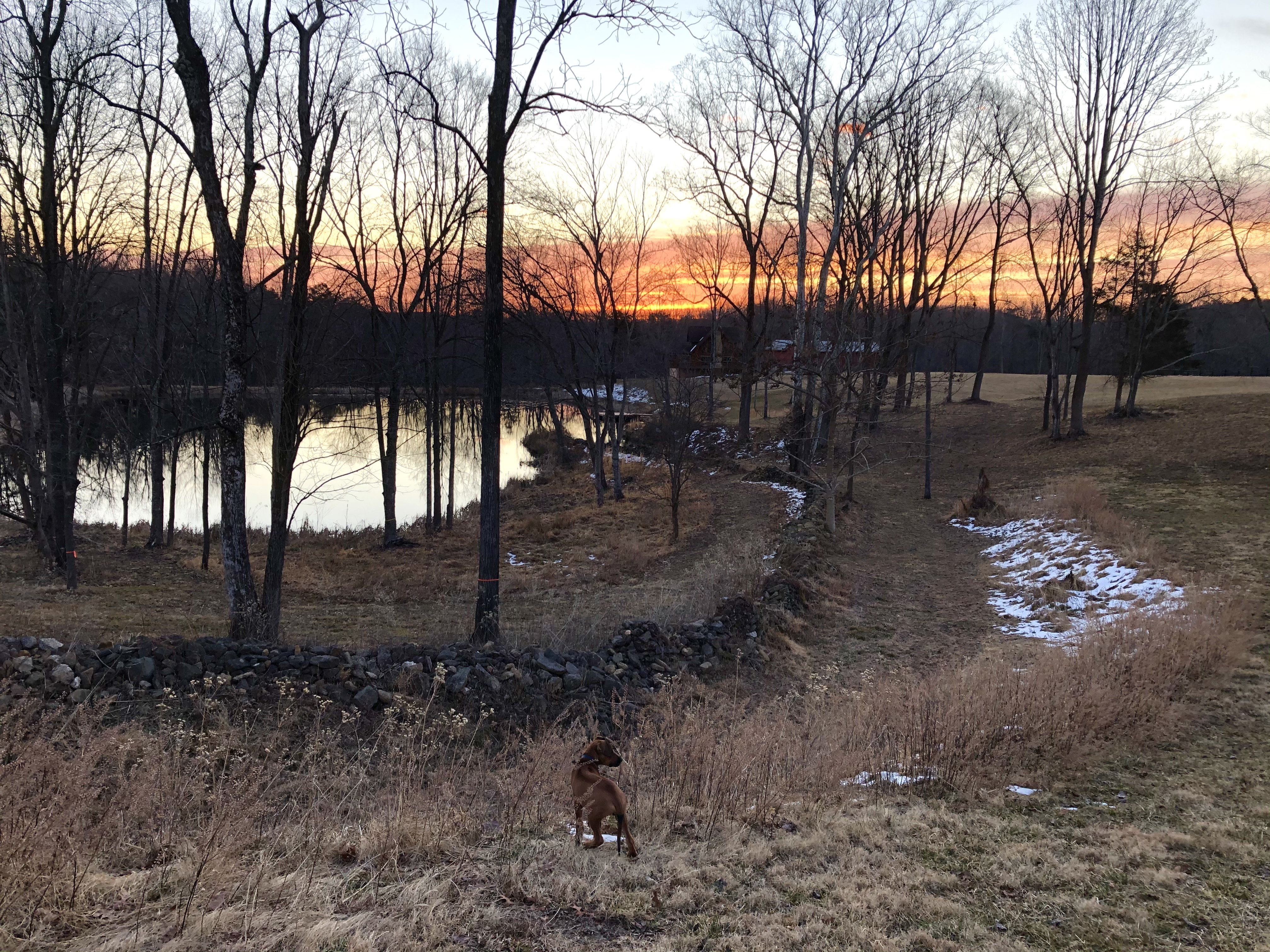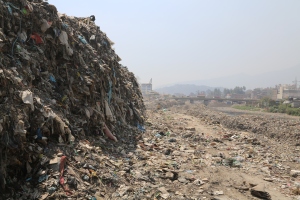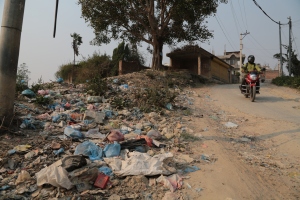My father relished recounting the tale of his college sporting efforts. As a freshman, he tried out for the long distance running team and after the first training session the coach pulled him aside: “Lorch,” the coach bellowed. “You run (long pause) as if your were going to a fire (even longer pause) that was going to happen ten years from now!” Poppy switched to tennis. I, like him, was never a big runner. I quit jogging by age 25.
Last year, at the end of June, I ran the Lewa half-marathon. It is one of the running world’s most unique marathons, set at 1,700m in Kenya’s Lewa Wildlife Conservancy. Runners weave across the hilly, tawny savannah, home to a vast array of wild animals including lions, elephant and buffalo. Helicopters, small aircraft and Lewa’s guards keep the animals away from the dirt track. I ran the half-Lewa, just over 20 kms, as one of a series of rituals I had selected to say goodbye to Kenya, my home for four years. But even though I felt the satisfaction of having trained for two months and of having temporarily given up my daily glasses of red wine (which to me was even more impressive than my return to running after 25 years), I didn’t think much of what future running and I had together.
A month later, we moved to Nepal. I am not particularly athletic by nature. There is a lot of arguing that goes on between my head and my feet to do anything that involves sweat. Let’s not forget my love of red wine. In Nepal I felt disconnected. We chose to live in the southern part of the Kathmandu valley, far enough away from the center of Kathmandu to avoid most of its choking winter smog but also too far for easy access to a gym. There is a loneliness to life in a new country. It was monsoon season and the air was a sticky cloak that left me soaked after a short walk. It took a month before I had exhausted every possible excuse and only then did I take out my Five-Fingered Vibrams, the same ones that had run Lewa.

Water gathering at the main square of the village of Sanu Khokana in the Kathmandu Valley. © Donatella Lorch
There wasn’t a Eureka moment. I fought with every inch of territory. Some mornings I just walked. Oh, the mud. Slippery, heavy, thin, thick, glue-like, ubiquitous mud. Was that smell cow dung? And is there anywhere flat in Nepal? At some point I must have lifted my head and forgotten briefly the effort of moving forward. Then those moments stretched slowly into half-hour stretches. On my ipod, Cesaria Evora, Adele, Chopin and Jai Ho lured me on. I began to wake up earlier because I wanted to run, though our neighborhood Hindu priest should also take some of the credit for these early rises: his endless 5:00 a.m. chanting and bell-clanking is not conducive to a sleep-in.
I owe a lot to Lewa the same way I owe a lot to Kenya. They both guided me over the stumbling blocks of step-parenthood and the art of getting over a life as a foreign correspondent. But running in Nepal has given me a gift of exploration that did not exist for me in Nairobi. I now run because I learn, because every day, every week, every season I explore the amphitheater of fields below my home and the hills beyond the holy and highly polluted Bagmati River. I watch what the farmers plant, how they break their clay-like soil with ancient-looking hoes with handles that seem to go the wrong direction, their bodies bent in two. I have lived the rice cycle from dry planting of dhan (rice seeds), to transplanting electric-green seedlings into the flooded paddies that quickly turn emerald and finally tawny during harvest. Then comes the potato, bean and corn season.
I run on the inches-wide mud walls that separate the paddies, on roads hand-paved of rough hewn stone, through towns where culture is still ensconced in ancient times, where the buffaloes and goats live on the ground floor of red brick homes, ducks waddle in the narrow alleys and women card wool on their stoops on rickety wooden spindles. Garlic and red chili tresses hang down from third floor windows and winnowed wheat is laid out to dry on any spare square of earth.
I see this all because I run — catching a regular snapshot of a life that has turned familiar and friendly. I stop here and there to grab an instant with my iphone–that odd, short-haired woman in black lycra pants with those weird multi-colored Five-Fingered Vibrams. Even after all these months, those shoes remain a huge hit.
I never tire of my route. Every run, I am reminded that Nepal of today is quickly dying away. Every month, a little bit more perceptibly fades. In a few decades, much of this world will be gone, consumed by the unregulated, haphazard, massive urbanization that is devouring every green space left in the Kathmandu Valley. The city of four million has already climbed the last hill overlooking my running route.
It is an extinction of history.




















